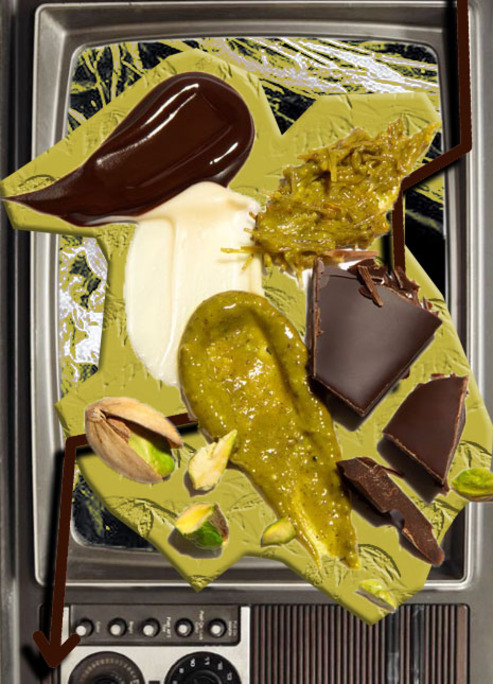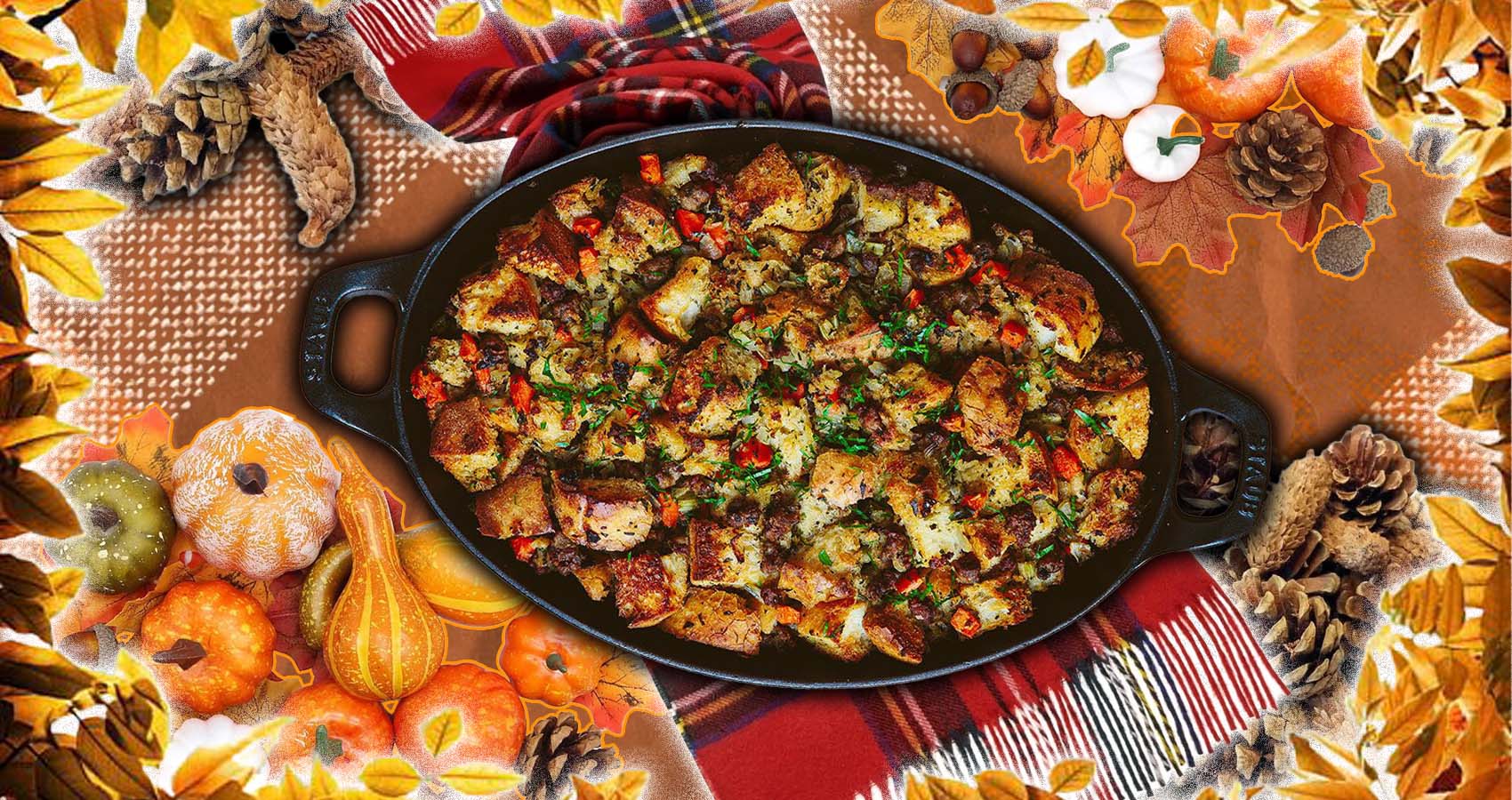
When Was Stuffing Invented?
Exploring the rich history of a Thanksgiving classic.
Have you ever found yourself midway through indulging in the heaping pile of stuffing at a Thanksgiving dinner and paused to wonder where this divine dish came from? It’s such a staple of the holiday, you may not even realize that stuffing has a long and exciting history.
After all, stuffing, also known as dressing in some parts, has perennially claimed its stake among the top ranks of favorite holiday dishes. Cooking stuffing also holds a special place in family memories, with many a holiday spent bonding over the preparation using shiny, durable stainless steel cookware, a convenient and healthful choice for modern-day cooking.
The Early Beginnings of Stuffing
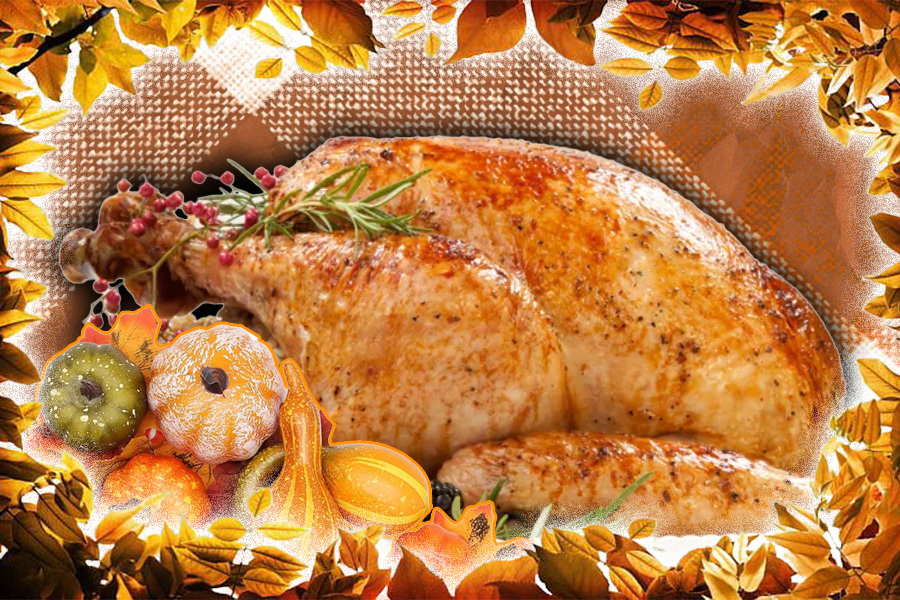
Travel back in time to the collection of Roman recipes, Apicius, penned in the 4th or 5th Century AD, and you'll find references to a dish remarkably similar to what is now called “stuffing.” These recipes involve filling the cavities of different types of poultry with a variety of ingredients, including vegetables, herbs, spices, nuts, and grains.
In today’s modern era, this beloved dish has evolved much beyond those ancient Roman recipes. Today's kitchens are equipped with advanced tools like durable and easy-to-clean stainless steel cookware, which makes cooking this delightful dish an enjoyable endeavor rather than a daunting task.
Stuffing Variations Across Time and Cultures
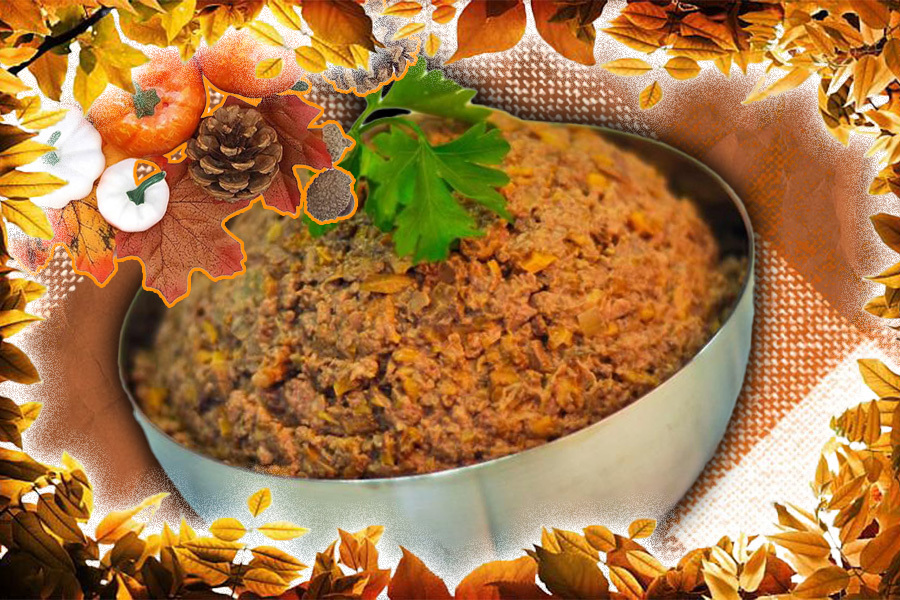
In the Middle Ages, stuffing started to gain popularity in European kitchens. The “umblidge” (meat offal pieces and organs, called umbels in Middle English) was mixed with aromatic herbs, fat, bread crumbs, and sometimes even minced meat. This early bird stuffing, or “forcemeat”, mirrored the fierce desire of people to utilize every bit of the butchered animal. This created a base for many medieval pies.
As Europeans set foot on the shores of America and mixed with the traditions of the native residents, the stuffing also went through a transformation. Native ingredients like cornbread, pecans, and fruits became an integral part of stuffing variations in different regions.
In France, the stuffing, or “farce,” derived from the Latin word “farcire,” meaning to fill or stuff, was a mixture of meat and fine breadcrumbs used in roasts. Over in Italy, it is common to use other meats, cheeses, and even cooked pasta as stuffing, while in Greece, rice takes a starring role mixed with herbs and lemon zest.
Today, with new cooking appliances like stainless steel cookware and advanced techniques, you can enjoy these diverse variations of stuffing from around the world, all from the comfort of your own kitchen. This time-honored dish offers insight into a shared global culinary heritage and serves as a beautiful connector between different cultures and eras.
What Made Stuffing a Staple at Thanksgiving?
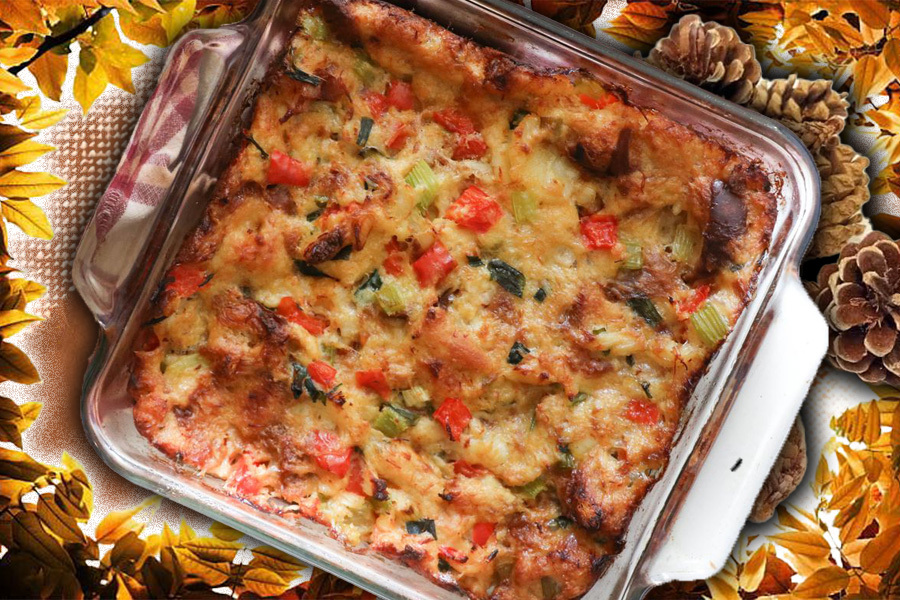
As early settlers arrived in North America, they brought with them centuries-old stuffing recipes. They were soon adopting native ingredients, like corn, oysters, and wild rice, creating their unique blend of stuffing, and integrating it into the big feast of Thanksgiving.
Over centuries, it has entrenched itself as a classic component of the holiday meal, as indispensable as the turkey it often accompanies. The stuffing you've come to know and love, however, fluctuates wildly across America. You might find cornbread stuffing studded with pecans in Southern states, while up North, you would encounter sausage and apple stuffing.
By the coast, it's not uncommon to find stuffing featuring fresh local seafood. The assorted character stuffing carries in different regions, and its ability to adopt the flavors of local ingredients has aided in making it a staple at Thanksgiving.
Advent of Commercial Stuffing and Its Impact on Home Cooking
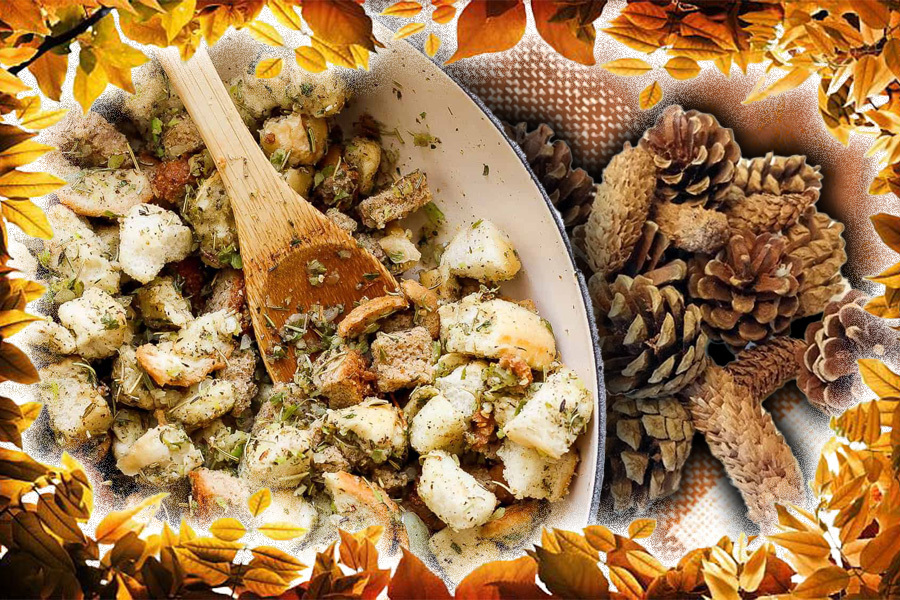
Despite the rich history and cultural significance of stuffing, the latter half of the twentieth century saw the emergence of commercial stuffing. A prime example is Stove Top, a product that transformed stuffing from a dish requiring real effort to a convenience food that could be prepared in 15 minutes.
The emergence of commercially prepared stuffing mixes certainly simplified the process. It came as a blessing for those who viewed the laborious chopping, sautéing, and baking as a deterrent and allowed stuffing to find a regular place at dinner tables beyond Thanksgiving.
The impact didn't end there. It prompted innovation. Home chefs began using these mixes as a base, adding their unique twist with ingredients like sausage, apples, or dried fruit, creating an alliance of convenience and customization.
Stuffing To Savor
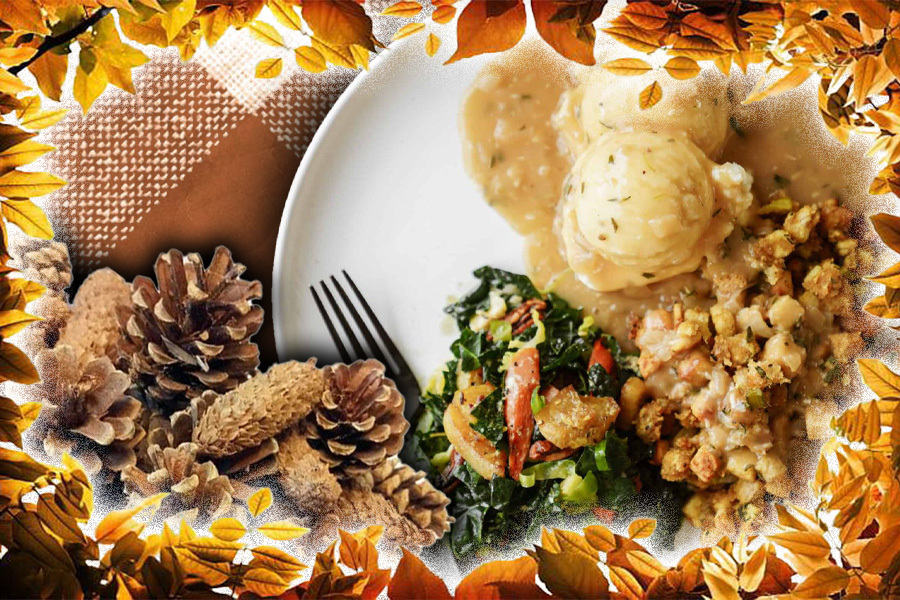
Stuffing has a rich, fascinating history. It represents a centuries-old culinary tradition, polished and tailored in the kitchens of Roman, Medieval, and Renaissance Europe, and further infused with local character in different American regions.
Throughout its voyage from a genuine survival food in ancient times to a conveniently prepared side dish today, stuffing has managed to maintain its essence. Its charm lies in its adaptability, transforming with available ingredients and regional flavors. Stuffing is a classic dish to enjoy during the holidays and a beautiful testament to a collective culinary evolution.




